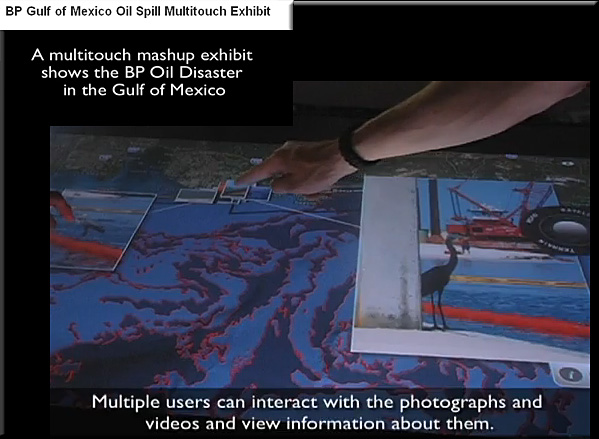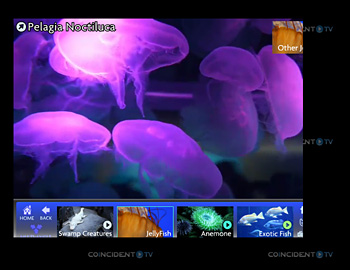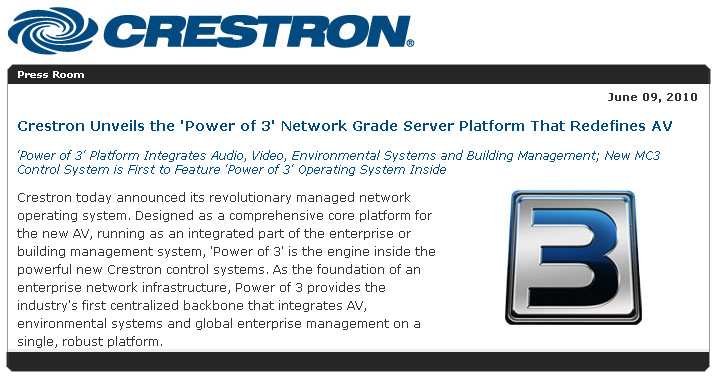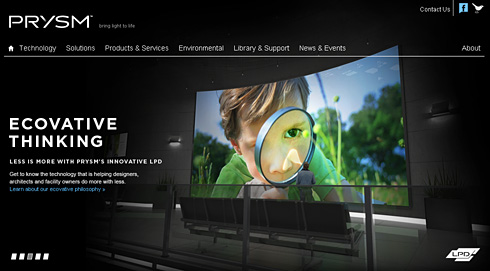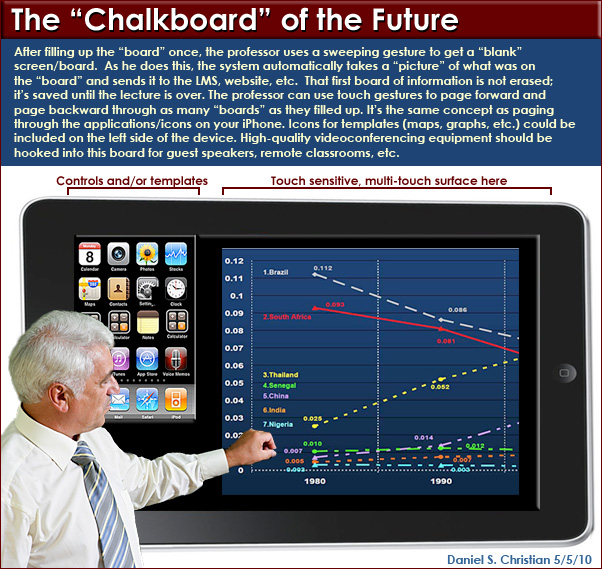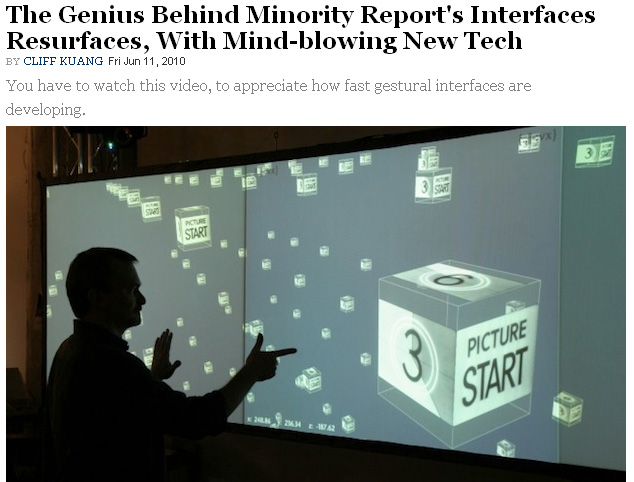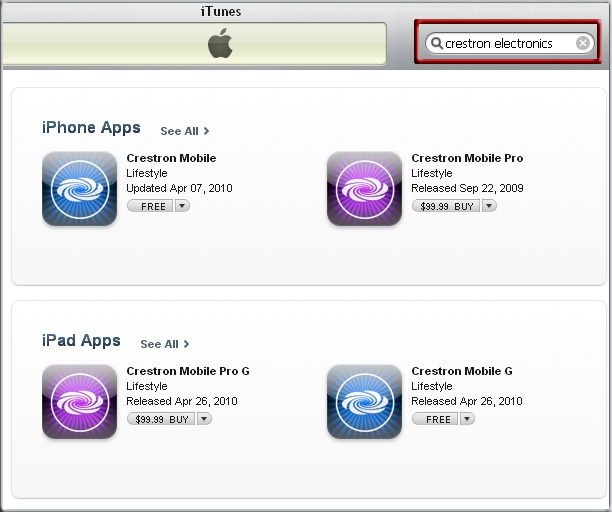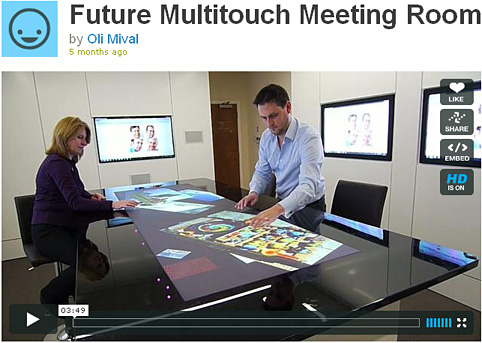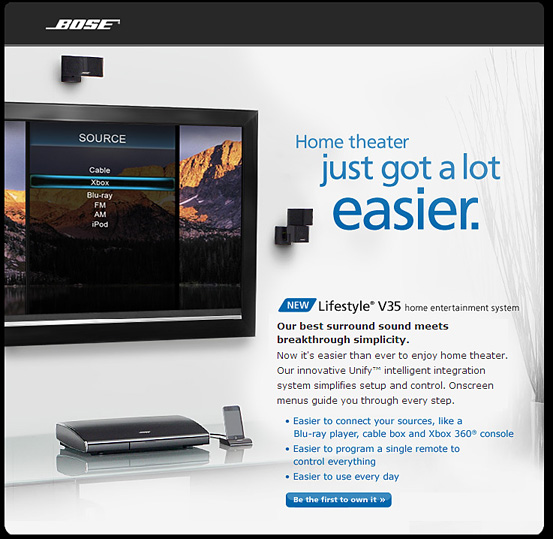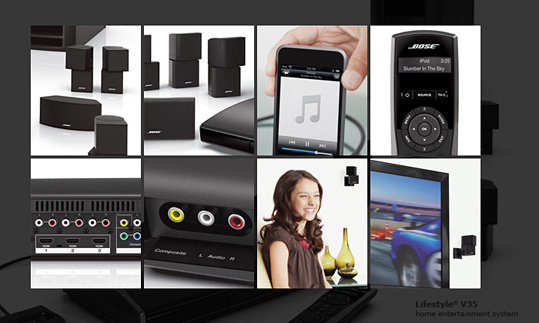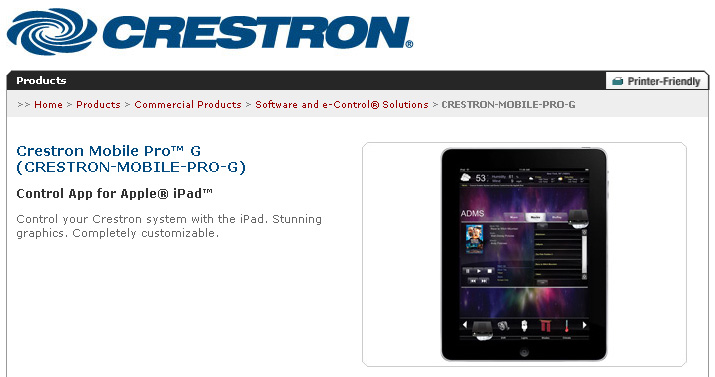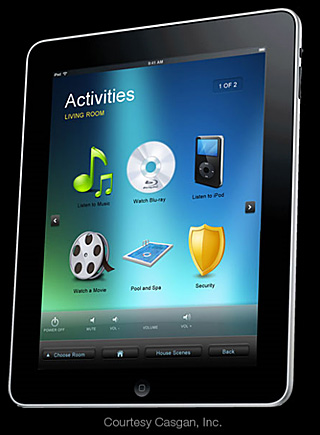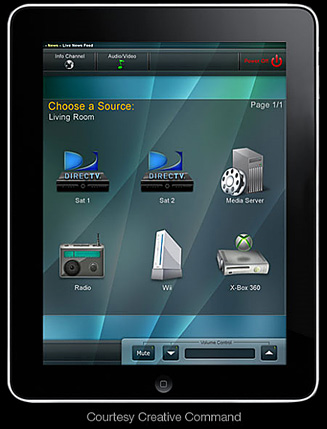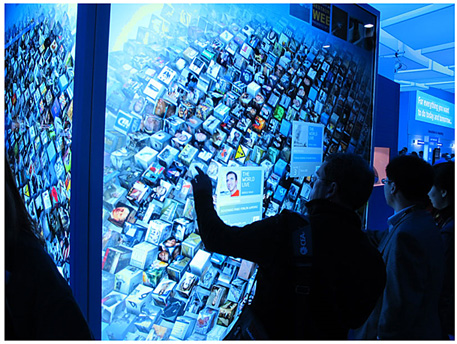Coincident TV (CTV) is transforming the way interactive video content is created, consumed and monetized. Coincident TV enables immersive “hypervideo” experiences – the real-time integration of online video with social media, weblinks and transactions. The Coincident TV software suite allows content creators and distributors to easily design, manage and measure interactive video engagements across all digital platforms, including both HTML5 and Flash.
Example:
Hyper Aquarium Demo [Learn about interactive video with an explanation of our aquarium demo]
From DSC:
Again, think of the possibilities here for education…especially on a wall-sized, iPad-like, interactive, multi-touch chalkboard!
Also see:
3-Series™ Control System
The debut control system from Crestron featuring the all new 3-Series control engine, the MC3 delivers an entirely new level of power and performance.
The Next Generation of Digitally Enhanced Learning — from The Journal by Scott Aronowitz
At the recent Ed Tech Summit, a technology consultant took a distant look at the future of education, based on both widespread speculation and technologies currently on the market and in development
In his lecture at the Ed Tech Summit at the InfoComm 2010 conference in Las Vegas, Mark S. Valenti, founder and president of Pittsburgh-based technology consulting firm The Sextant Group, delved into the myriad of ways in which advancing technology will continue to enhance, improve, and expand education–both K-12 and post-secondary education–as well as the shifts in priorities and attitudes such advancements will likely cause.
In Valenti’s “big picture” view of the next stage of education, there will be several significant changes, some of which we are already witnessing, that will alter the entire landscape for “providers” of education and related services, e.g., colleges and universities, vocational and trade institutes, public and private K-12 schools, etc., as well as for teachers and students:
* The process will continue to become more technology-dependent;
* There will be increased demand for access, in terms of user capacity, frequency, transmission speed, and content capacity, leading to increased demand for bandwidth;
* Information will become increasingly media rich, which will also impact bandwidth demand; and
* The individual will increasingly become both a consumer and a producer of information, leading to shifts in the dynamic between educators and the educated.
…
Finally, such technology will lead to a rethinking of the architecture of learning spaces themselves. “Collaboration across time and space will drive facility design [in the coming years]. We’re seeing technologies like Skype become commonplace. We’re seeing major investments from companies like Cisco in things like TelePresence, which is a prime example of cross-collaboration.” Valenti said he believes that, in the long run, in addition to the changes in teaching and learning methods, the physical space that accommodates learning will also change. Classrooms driven by multimedia, virtual hands-on combinations of laboratories and lecture spaces, and the aforementioned virtual operating rooms are all examples of the digitally enhanced learning spaces on the horizon.
If educational publishers would publish content to be iPad ready, can you imagine the power of this type of an interface/”chalkboard of the future” in a professor’s hands? He/she could:
- Intuitively and efficiently locate an item
- Drag it over to the main viewing are
- Enlarge a table of data and then annotate it
- Quickly shrink a graphic and move it to the side of the screen after discussing it
- Annotate a photo or a website
- Send the captured image of what he/she had been displaying and working on to devices that can “hear” that signal
- Etc. etc. etc.

Steelcase officially unveils the Node Student Learning Pod at Tribeca Flashpoint
Steelcase President Jim Keane and the Steelcase design team introduce the new “Node” Student Learning Pod at Tribeca Flashpoint Media Arts Academy.
Also see:
http://oblong.com/
Crestron iPhone app highlighted in iTunes App Store — from eSchoolNews.com
Rockleigh, NJ, June 4, 2010 – Crestron announced that its popular iPhone app is showcased today in the ‘Apps to Control Your World’ feature section on the iTunes App Store. Crestron Mobile Pro harnesses the power of the 3G network and Crestron control systems to stay connected to the home or office from anywhere in the world. Crestron Mobile Pro puts a professional-looking Crestron touchpanel user interface right on the popular Apple iPhone or iPod touch, enabling a wide array of customizable capability to control audio/video, lights, climate, shades, and security in the home or office.
Rethinking classroom design guidelines — from CampusTechnology.com by Michael David Leiboff
In the last decade, much has changed in the way classroom-based learning is accomplished. As a result, there is a need to take a fresh look at classroom guidelines.
Studio Classrooms
One important teaching trend is moving the instructor away from their didactic role as sage-at-the-stage to one of active facilitator. In this model of problems-based learning, students work in groups, at shared work surfaces, with chairs on wheels. Tables, which may also be on wheels, can be reoriented to allow for different workgroup methodologies. The instructor moves about the room interacting with different groups, offering suggestions and guidance. This so-called studio classroom configuration may accommodate as few as 25 students or as many as 100.
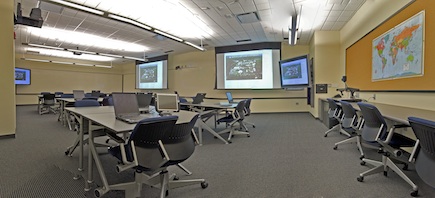
Studio Classrooms necessitate a rethinking about how classrooms should be designed. Perhaps the most important is the fact that these rooms have no formal centralized “front.”









